Stemona tuberosa
[Medicinal use] This product is the root of the creeping Stemona tuberosa, erect Stemona tuberosa or opposite leaf Stemona tuberosa of the Stemonaceae family.
[Nature and flavor and meridians] Sweet, bitter, slightly warm. Enters the lung meridian.
[Effects] Moisturizes the lungs and relieves coughs, kills lice and insects.
[Clinical application] 1. Used for general coughs, long-term coughs, whooping coughs and coughs caused by tuberculosis.
This product is an important medicine for treating coughs caused by tuberculosis, and can be used for general coughs, especially long-term coughs. It is also very effective for treating sudden coughs. It is often used in combination with Aster, Coltsfoot, Scutellaria, Bletilla striata, etc. in clinical practice.
2. Used for pinworm disease and head lice and body lice in humans and animals.
For pinworm disease, one or two liang of raw Stemona tuberosa can be used every day, boiled with water to obtain 30 ml of concentrated juice, and retained enema can be performed at 9 to 10 pm. Use it for five consecutive days as a course of treatment. This product is also used to make a 20% alcohol (70%) extract or a 50% water decoction for rubbing, which has a strong killing power against head lice, body lice and lice eggs of humans and animals. In addition, it can also be used to kill crop pests.
[Prescription name] Stemona (wash, dry, slice for use. Strong insecticidal and lice-killing power), roasted Stemona (honey roasted, has a lung-moistening effect), steamed Stemona (steamed for use)
[General dosage and usage] One to three qian, decocted and taken. Appropriate amount for external use.
[Comments] 1. Stemona is a drug with anti-tuberculosis effect. According to reports, the use of this product in combination with Scutellaria baicalensis, Salvia miltiorrhiza, etc. to treat pulmonary tuberculosis has a certain effect.
2. This product is also a commonly used cough suppressant, which can be used regardless of new cough, long-term cough, cold cough, or hot cough. It can be used with Nepeta, Platycodon, Licorice, etc. to treat new cough; it can be used with Schisandra, Terminalia chebula, etc. to treat chronic cough; it can be used with dried ginger, Pinellia, etc. to treat cold cough; it can be used with Scutellaria, Rhizoma Anemarrhenae, etc. to treat hot cough.
3. In addition, this product can be used with Radix Achyranthis Bidentatae, Fritillaria, Adenophora, etc. to treat whooping cough.
[Example of prescription] Baibu Decoction “Hui Yan”: Baibu, Ophiopogon, Adenophora, Morus alba, Lilium, Poria, Lycium bark, Coix seed, Astragalus. It can treat chronic cough and spit sputum.
This product is the dried root of Stemona sessilifolia (Mig.) Mig., Stemona iaponica (Bl.) Miq. or Stemona tuberosa Lour. of the Stemonaceae family. It is harvested in spring and autumn, the fibrous roots are removed, washed, slightly blanched in boiling water or steamed until there is no white core, taken out and dried. 【Properties】
The erect Stemona is spindle-shaped, with a slender upper end, wrinkled and curved, 5~12cm long and 0.5~1cm in diameter. The surface is yellowish white or light brownish yellow, with irregular deep longitudinal grooves and occasional transverse wrinkles. It is brittle and easy to break, with a flat cross section, horny, light yellowish brown or yellowish white, a wide cortex, and a flattened pith. It has a slight odor and tastes sweet and bitter.
The creeping Stemona is slightly narrow at both ends, with many irregular wrinkles and transverse wrinkles on the surface.
The opposite-leaf Stemona is long spindle-shaped or long strip, 8~24cm long and 0.8~2cm in diameter. The surface is light yellowish brown to grayish brown, with shallow longitudinal wrinkles or irregular longitudinal grooves. It is solid, with a yellowish white to dark brown cross section, a large pith, and a white pith.
【Identification】
(1) Cross section of this product: The erect Stemona root has 3~4 rows of cells, with corky and lignified walls and dense fine stripes. The cortex is relatively wide. There are 19 to 27 phloem bundles and xylem bundles in the middle column, arranged at intervals. There are a few non-lignified fibers on the inner side of the phloem bundles; there are 2 to 5 xylem vessels, with wood fibers and tracheids. The vessels are polygonal, with a radial diameter of about 48um, and occasionally the vessels go deep into the pith. There are a few small fibers scattered in the pith.
The root of Stemona scabra is composed of 3 to 6 rows of cells. The phloem fibers are lignified. The radial diameter of the vessels is about 184um, usually deep into the pith, and arranged in 2 to 3 rounds with the outer vessel bundles. The root of Stemona scabra is composed of 3 rows of cells, with no fine stripes on the cell wall, and the inner wall of the innermost cells is particularly thick. There are scattered fibers on the outer side of the cortex, which are square-shaped and have slightly lignified walls. There are 32 to 40 phloem bundles and xylem bundles in the middle column. The vessels of the xylem bundle are round and polygonal, with a diameter of up to 107um, and their inner side is connected to the wood fibers and slightly lignified thin-walled cells to form a ring layer.
(2) Take 5g of the powder of this product, add 50ml of 70% ethanol, heat and reflux for 1 hour, filter, evaporate the ethanol from the filtrate, add concentrated ammonia test solution to the residue to adjust the pH value to 10~11, then add 5ml of chloroform to shake and extract, separate the chloroform layer, evaporate to dryness, add 5ml of 1% hydrochloric acid solution to the residue to dissolve, and filter. The filtrate is divided into two parts: add potassium bismuth iodide test solution to one part to form an orange-red precipitate; add silicotungstic acid test solution to the other part to form a milky white precipitate.
[Extract]
According to the hot leaching method under the water-soluble extract determination method (General Rule 2201), it shall not be less than 50.0%.
Decoction pieces
[Processing]
Remove impurities from Stemona, wash, moisten thoroughly, cut into thick slices, and dry.
【Properties】
This product is in the form of irregular thick slices or irregular strip-shaped oblique slices: the surface is off-white, brownish yellow, with deep longitudinal wrinkles: the cut surface is off-white, light yellow-brown or yellowish-white, horny: the skin is thicker, and the middle column is flattened. The texture is tough and soft. The smell is slight, and the taste is sweet and bitter.
【Inspection】
The water content shall not exceed 12.0% (General Rule 0832 Method 2).
Honeyed Stemona Take the Stemona slices and stir-fry them according to the honey roasting method (General Rule 0213) until they are not sticky.
For every 100kg of Stemona, use 12.5kg of refined honey.
【Properties】
This product is in the same shape as the Stemona slices, with a brownish yellow or brownish brown surface, slightly burnt, and slightly sticky. The taste is sweet.
【Inspection】
The water content shall not exceed 12.0% (General Rule 0832 Method 2)
【Properties and Meridians】
Sweet, bitter, slightly warm. It enters the lung meridian.
【Functions and Indications】
Moisturizes the lungs, relieves qi, relieves cough, kills insects and kills lice. Used for new and long-term cough, cough caused by tuberculosis, and sudden cough; externally used for head lice, body lice, pinworm disease, and vaginal itching. Honey Stemona moisturizes the lungs and relieves cough. Used for Yin deficiency and fatigue cough.
[Usage and dosage]
3~9g. Appropriate amount for external use, decoction or wine soaking.
[Storage]
Place in a ventilated and dry place, moisture-proof.
Where is the main origin of Stemona?
It is mainly produced in Anhui, Shandong, Jiangsu, Zhejiang, Hubei, and Sichuan.
Where is the main medicinal part of Stemona?
Medicinal part of Stemona:
This product is the dried tuber of Stemona sessilifolia (Miq.) Mig., Stemona japonica (BL.) Miq., or Stemona tuberosa Lour. of the Stemonaceae family.
·Dig it in spring and autumn, remove the fibrous roots, wash it, scald it in boiling water or steam it until there is no white core, take it out, and dry it in the sun. Characteristics of the medicinal parts of Stemona:
· The erect Stemona is spindle-shaped, with a slender upper end, wrinkled and curved, 5~12cm long and 0.5~1cm in diameter. The surface is yellow-white or light brown, with irregular deep longitudinal grooves and occasional transverse wrinkles. It is brittle, easy to break, with a flat cross section, horny, light yellow or yellow-white, a wide cortex, and a flat center column. It has a slight smell and tastes sweet and bitter.
The creeping Stemona is slightly narrow at both ends, with many irregular wrinkles and transverse wrinkles on the surface. The opposite leaf Stemona is long spindle-shaped or long strip, 8~24 cm long and 0.8~2 cm in diameter. The surface is light yellow-brown to gray-brown, with shallow longitudinal wrinkles or irregular longitudinal grooves. It is solid, with a yellow-white to dark brown cross section, a large center column, and a white pith.
How are Stemona recorded in historical books?
“Famous Doctors’ Records”: “It is used to treat cough and shortness of breath” and “it is also used to remove lice.”
“Materia Medica”: “It can treat lung heat, cough and reverse breathing, and moisten and benefit the lungs.
“Rihuazi Materia Medica”: “It can treat malnutrition, roundworms and steaming fatigue caused by corpses and bones, kill roundworms, inch white, and burn worms.
“Materia Medica Zhengyi”: “Although the stems are slightly warm, they are moist and not dry, and can open and lower the qi. They are suitable for all coughs, and they are especially necessary for long-term coughs.
“Materia Medica Beiyao”: “It can moisten the lungs, treat lung heat coughs, kill roundworms, pinworms, flies, and lice.
Effects
The stems have the effects of moistening the lungs, lowering qi, and relieving coughs, killing insects and lice.
What are the main effects and clinical applications of the stems?
The stems are used for new and long-term coughs, coughs caused by tuberculosis, and sudden coughs; they are used externally for head lice, body lice, pinworm disease, and vaginal itching. Honey stems moisten the lungs and relieve coughs. It is used for yin deficiency and fatigue coughs.
Cough
· Treat wind-cold cough, often used with Nepeta, Platycodon, Aster, etc.
· Treat wind-heat cough, often used with Ephedra, Scutellaria, Platycodon, etc.
Treat children’s sudden cough, can be used with Scutellaria, Morus alba, etc. .
· Treat pulmonary tuberculosis cough, can be used alone, or with Ophiopogon japonicus, Fritillaria cirrhosa, donkey-hide gelatin, etc.
Head lice, body lice, worm disease, vaginal itching
Can be soaked in wine and applied, or boiled for enema, or decoction for sitting bath and external washing, etc.
What other effects does Stemona have?
The commonly used medicinal diet recipes of Stemona are as follows
Dispel wind and cold, descend qi and stop cough
50g Stemona, 50g ginger. Wash and cut ginger into pieces and flatten them, put them into a clay pot with Stemona, add water and boil, then simmer for 15 minutes, remove the residue, and drink it after it cools down.
Note: The use of Chinese herbal medicines must be treated according to the syndrome differentiation and should be used under the guidance of professional Chinese medicine practitioners. Do not use them at will, and do not listen to Chinese medicine prescriptions and advertisements at will.
What are the compound preparations containing Baibu?
Yuehua Pills
Nourishes yin and protects the lungs, eliminates phlegm and relieves cough. Indications: Yin deficiency cough.
Pediatric Baibu cough syrup clears the lungs, relieves cough and resolves phlegm. It is used for cough and sudden cough caused by phlegm-heat in the lungs of children, with symptoms of cough, excessive phlegm, yellow and sticky phlegm, uncomfortable coughing, or persistent phlegm and difficult phlegm; whooping cough with the above symptoms.
Baikejing Syrup
Clears heat and resolves phlegm, relieves cough and relieves asthma. It is used for cough and sputum caused by exogenous wind-heat; colds, acute and chronic bronchitis, whooping cough with the above symptoms.
Chuanbei cough syrup
Stops cough and eliminates phlegm. It is used for wind-heat cough, excessive phlegm or dry cough.
Qiangli Loquat Dew
Nourishes yin and restrains the lungs, relieves cough and eliminates phlegm. Used for chronic cough, fatigue cough, and bronchitis.
Tinea and dampness medicine
Dispel wind and dampness, kill insects and relieve itching. Used for goose palm wind and foot dampness caused by rheumatism and insect poison, with symptoms of skin papules, blisters, desquamation, accompanied by varying degrees of cancer itching.
Modern research progress on Stemona
This product has multiple pharmacological effects such as antitussive, antiasthmatic, antibacterial, antiviral, antifungal, insecticidal, pediculicide, sedative, and analgesic.
Usage
Stemella has the effects of moistening the lungs, lowering qi, relieving cough, and killing insects and pediculitis. Generally, Stemona slices are used, both for internal and external use.
How to use Stemona correctly?
When taking Stemona decoction orally, the usual dosage is 5~9g.
When used externally, take an appropriate amount of Stemona, decoct the decoction and fumigate the affected area, or grind it into powder and sprinkle it.
Through different processing methods, Chinese medicinal materials such as Stemona and Honey Stemona can be produced. Chronic cough and asthma should be roasted with honey, and killing insects and pediculitis should be used raw. Different preparation methods have different effects, but the method of use is the same. Please follow the doctor’s advice for specific use.
Stemona is generally used in decoctions, decocted and taken, or made into powder or pills. However, the use of Chinese herbal medicines must be based on syndrome differentiation and treatment, and should be used under the guidance of professional Chinese medicine practitioners. It should not be used at will, and it is even more important not to listen to Chinese medicine prescriptions and advertisements at will. In addition, Stemona can also be soaked in wine for drinking, which has the effects of moistening the lungs, relieving coughs, and killing insects.
How to prepare Stemona?
Stemona: Take the original medicinal materials, remove impurities, wash, moisten thoroughly, cut into thick slices, and dry. Remove debris. .
Honey Stemona: Take refined honey, add a small amount of boiling water to dilute, pour into the clean Stemona slices, mix well, simmer, put in a frying container, heat over a low heat, and fry until it is not sticky, take out, and let it cool. For every 100 kg of Stemona, use 12.5 kg of refined honey.
What drugs should be used with Stemona at the same time?
The combined use of Chinese medicine and Chinese and Western medicine requires syndrome differentiation and individualized clinical treatment.
If you are using other drugs, please consult a doctor before taking the medicine, and inform the doctor of all your diagnosed diseases and the treatment plan you are receiving.
Instructions for use
Stemona can easily hurt the stomach and intestines, so those with spleen deficiency, poor appetite and loose stools should be cautious when taking it.
What are the precautions when using Stemona?
·People with weak spleen and stomach should take it with caution.
·During the use of the medicine, you should pay attention to avoid eating cold, raw and cold food, spicy and greasy food, and avoid smoking and drinking.
·This product has a slight smell and tastes sweet and bitter. It is better to have a solid texture and a horny cross-section. Use it raw or roast it with honey.
, Pregnant and lactating women: If you are pregnant, planning to become pregnant or are lactating, please inform your doctor in time and consult whether you can use Chinese medicine before treatment.
·Children: Children should take medicine under the guidance of a doctor and adult supervision.
·Please keep the medicinal materials properly and do not give your own medicinal materials to others.
· Avoid using copper or iron utensils to decoct medicine.
How to identify and use Stemona?
The nature and flavor of Stemona are sweet, bitter, and slightly warm. It belongs to the lung meridian. It has the effects of moistening the lungs, lowering qi, relieving cough, and killing insects. Different processing methods have different effects.
· When used raw, Stemona is good at relieving cough and reducing phlegm, killing lice and killing insects. It is used for exogenous cough, scabies, killing head lice or body lice, and expelling pinworms. For example, Stemona pills are used to treat colds and coughs; Stemona paste is used for external application to treat scabies. Applying 20% alcohol extract or 50% water decoction of this product externally can kill head lice or body lice. The raw product is slightly toxic and has a certain irritation to the stomach. The dosage for internal use should not be too large.
Honey Stemona can alleviate the irritation to the stomach and enhance the effect of moistening the lungs and relieving cough. It is used for cough caused by tuberculosis and whooping cough.
Medication tips
The most frequently asked questions by patients
The efficacy of Baibu wine
[Composition] 100g of Baibu root, 500ml of liquor. [Preparation] Stir-fry the Baibu root and mash it, put it in a clean bottle: pour in liquor to soak, seal it; open it after 7 days, filter out the residue, and bottle it for later use. [Effects and indications] Moisturize the lungs and lower the qi, relieve cough and kill insects. It is mainly used to treat cough and shortness of breath caused by whooping cough, tuberculosis, tracheitis, etc.; it can kill insects, lice, scabies, vaginal trichomonas, etc. when used externally.
[Usage and dosage] 15~20ml each time, 3 times a day, drink slowly after meals. When used externally, apply Baibu wine to the affected area.
[Note] People with weak spleen and stomach, and those with loose stools should be cautious in drinking this wine.
The price of Baibu cough syrup for children
The price of Baibu cough syrup for children is about ten yuan. Its price will be affected by factors such as drug specifications, sales agencies, regions, and procurement channels, so it is normal for it to fluctuate. It should be noted that patients should purchase this product at regular hospitals, pharmacies or online shopping platforms to avoid buying counterfeit and inferior products. In addition, the pediatric stemona cough syrup is a prescription drug, and patients need to take it under the guidance of a doctor’s syndrome differentiation.
What diseases does the pediatric stemona cough syrup treat?
Pediatric stemona cough syrup is a heat-clearing and phlegm-resolving agent, composed of honey stemona, bitter almonds, platycodon, mulberry bark, ophiopogon, anemarrhena, scutellaria, tangerine peel, licorice, and processed arisaema and aurantium (fried). It has the effects of clearing the lungs, relieving coughs, and resolving phlegm. It is used for coughs caused by phlegm-heat in the lungs in children, sudden coughs, and symptoms of cough, excessive phlegm, yellow and sticky phlegm, difficulty in spitting out, or persistent phlegm coughing and thick phlegm: whooping cough with the above symptoms.
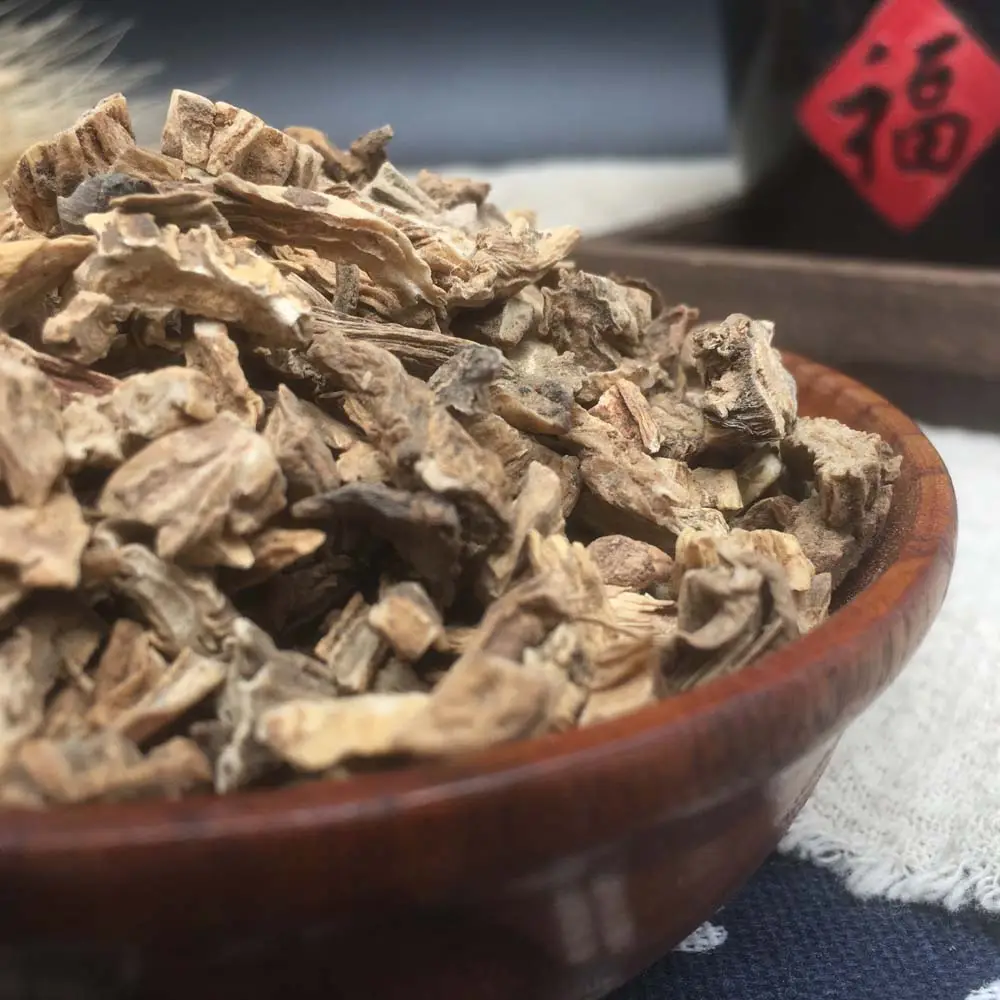
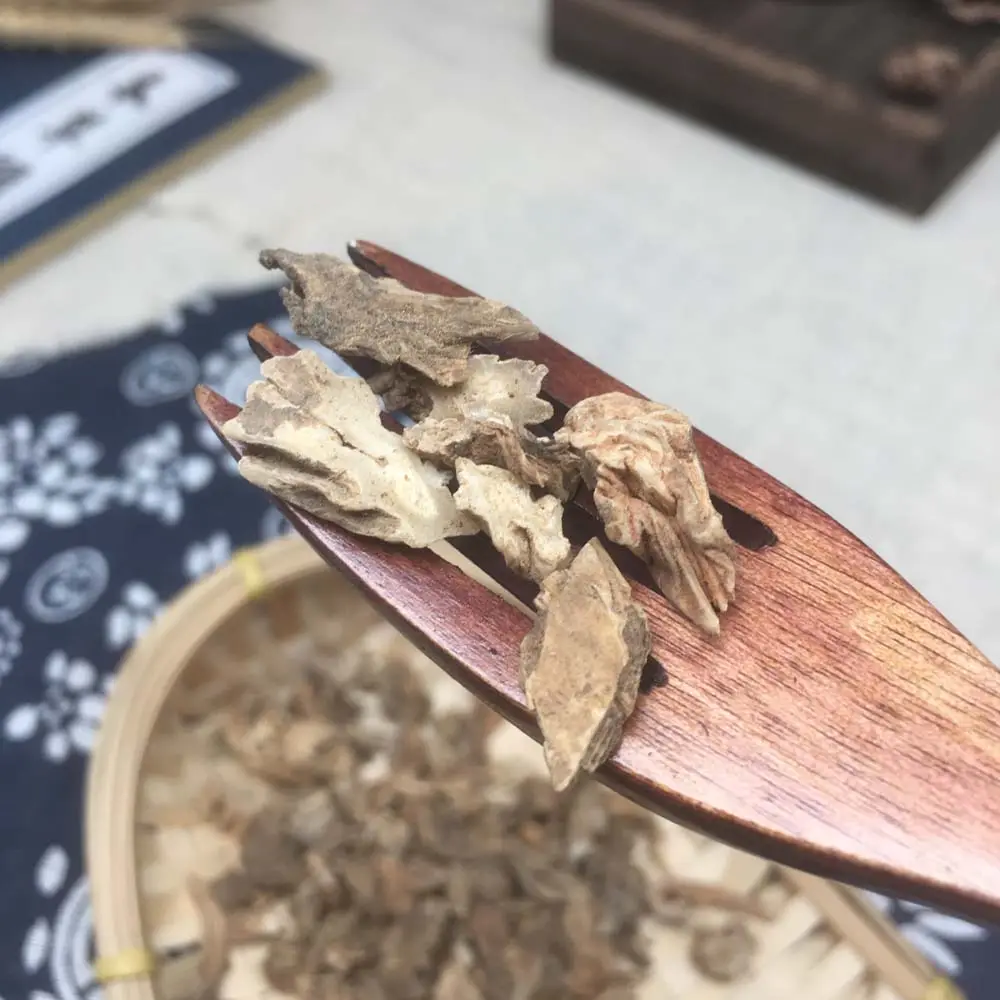

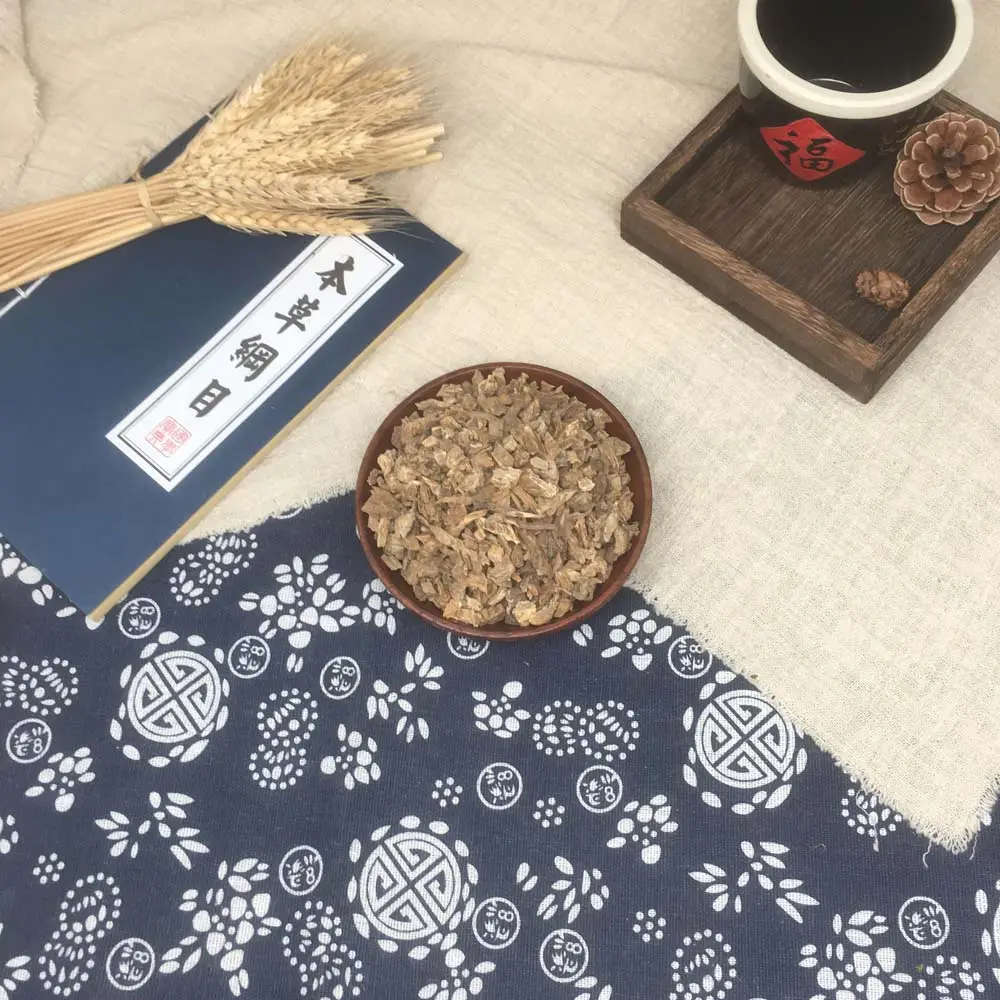
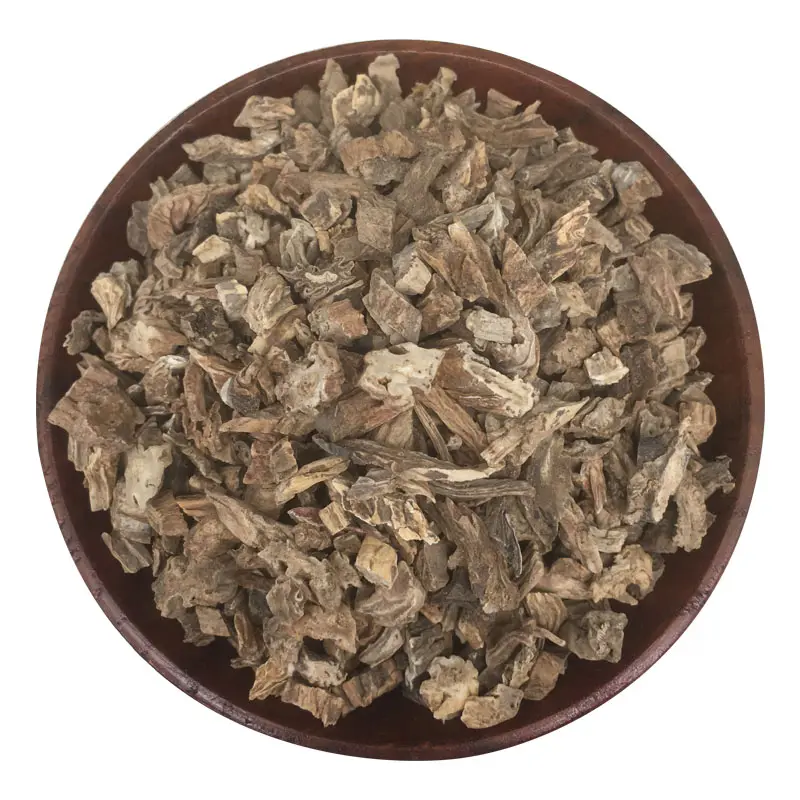


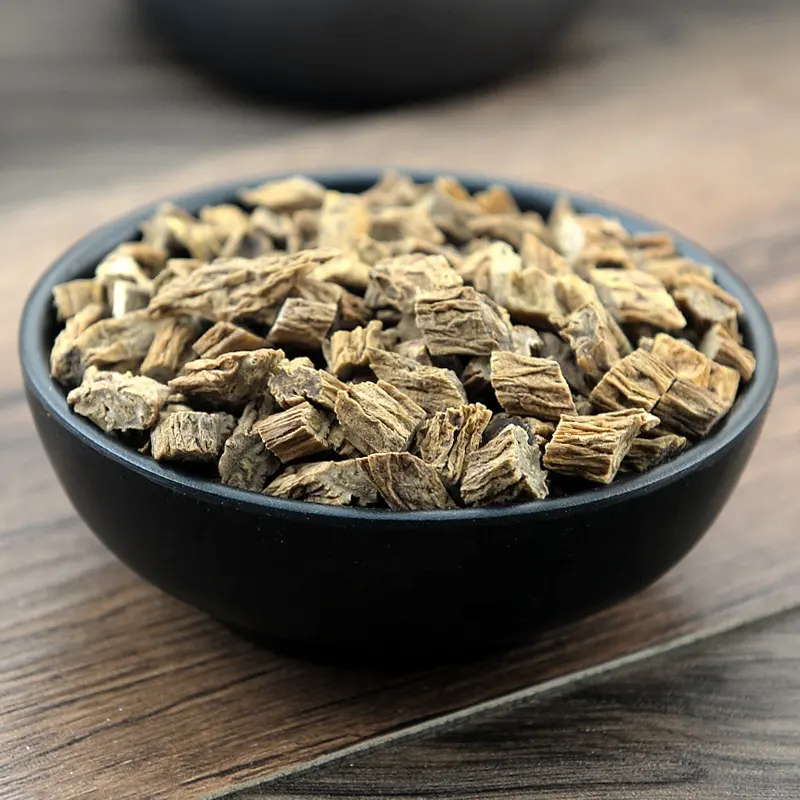

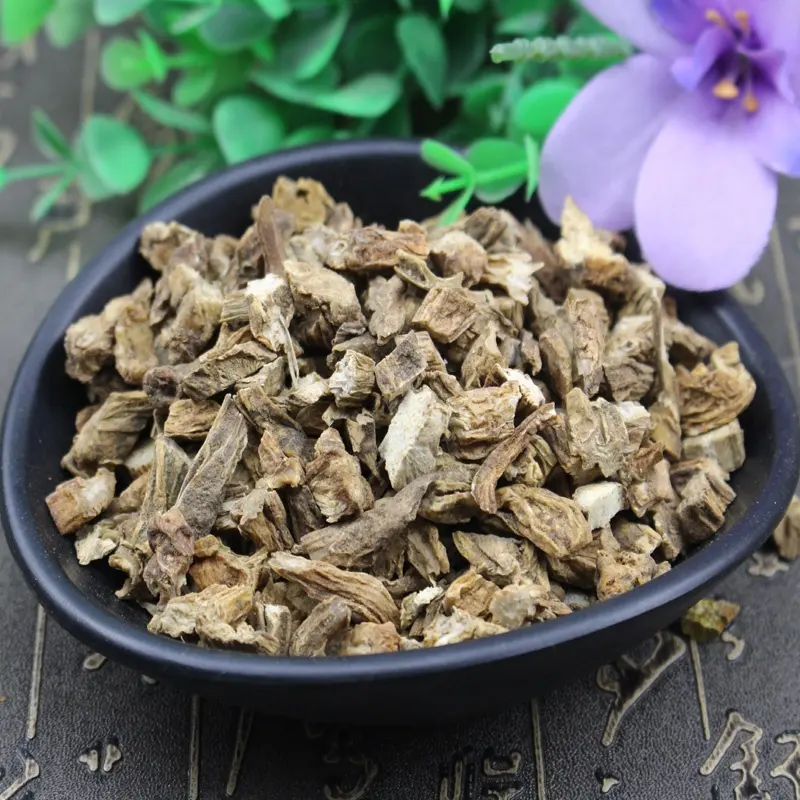

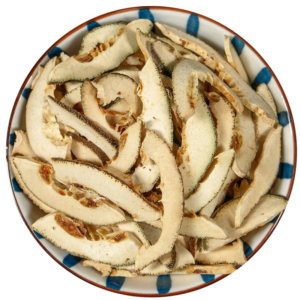
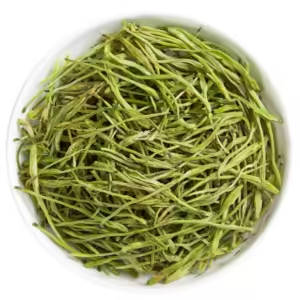
Reviews
There are no reviews yet.